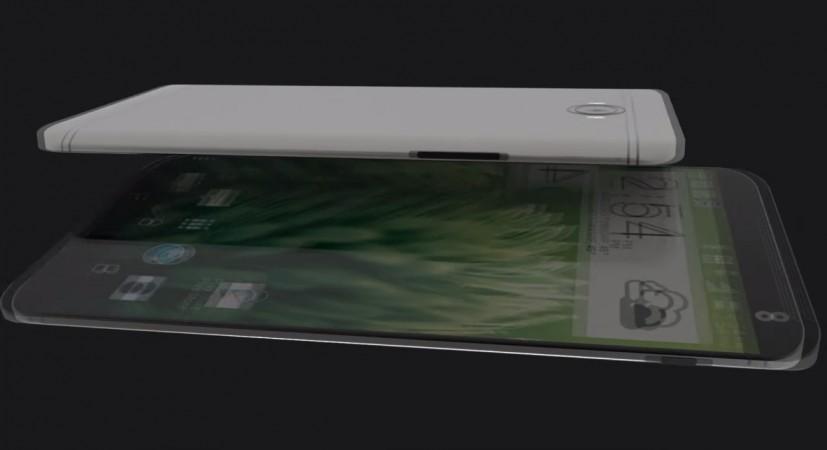
HTC is yet to reveal the release date of its upcoming flagship smartphone dubbed as HTC One (M9) but it is expected to see the light of the day in the first quarter of 2015.
The Taiwanese technology giant is expected to unveil the HTC One (M9) at the upcoming Mobile World Congress to be held from 2-5 March, 2015, before releasing it to the market a few weeks later.
"Slated for a first quarter 2015 launch, the HTC M9 and HTC M9 Prime will be the next full refreshes of the One Mx family," tweeted tipster @evleaks though an official announcement is still awaited.
The HTC One (M8) was released amid high expectations after HTC One got Global Mobile Award for Best Smartphone at Mobile World Congress held in Barcelona, Spain, in 2014, but it managed to stand out and received accolades from reviewers. Now, all eyes are on the HTC One (M9).
HTC is yet to reveal the specifications of its upcoming smartphone but it is expected to come with at least five feature upgrades over the HTC One (M8) according to several reports that have surfaced so far.
1) Display: The HTC One (M8) sports a 5.0-inch Super LCD3 capacitive touchscreen with 1080 x 1920 pixels (441 ppi pixel density) and protected by Corning Gorilla Glass 3, while the HTC One (M9) is expected to sport either 5.1 or 5.5-inch screen with 2560 x 1440 screen resolution (534 ppi pixel density).
2) Processor: The HTC One (M8) is powered by Qualcomm Snapdragon 801 processor clocking at 2.3 GHz but its successor is likely to have either hexa-core Snapdragon 808 or octa-core Snapdragon 810 processor.
3) Operating System: The HTC One (M9) will come with Google's latest software, Android 5.0 Lollipop, while its predecessor runs on Android 4.4.2 KitKat though upgradable to Android 5.0 Lollipop.
4) Memory: The HTC One (M8) houses 16/32 GB internal memory and 2GB RAM with microSD up to 128 GB, while its successor is expected to come packed with 64 or 128GB internal memory and 3GB RAM.
5) Camera: The HTC One (M8) has a dual 4MP camera with autofocus, dual-LED flash, 1/3'' sensor size and 2µm pixel size, and a 5MP secondary snapper but its successor is likely to have a 4 or 6 Ultrapixel or a 13MP camera.

















